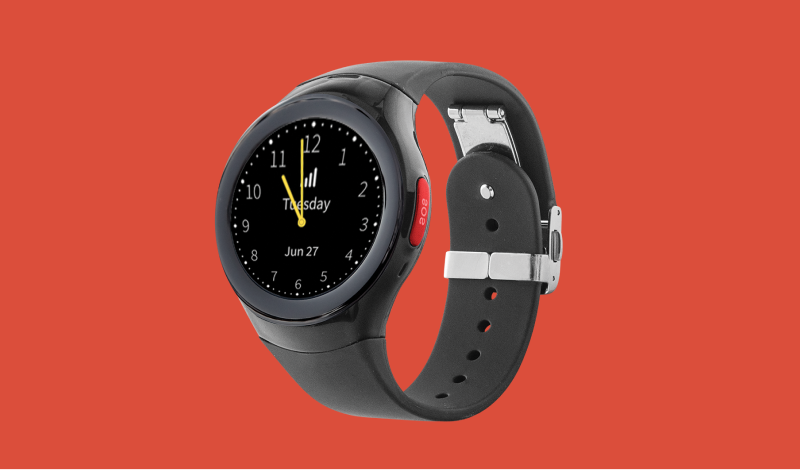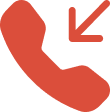Learn how the Medicare food allowance card can help stretch your grocery budget. With food prices climbing, it’s more important than ever for older adults to take advantage of all available support. One valuable resource is the Medicare Food Allowance Card, available through select Medicare Advantage plans. This guide will walk you through everything you need to know—from eligibility to using your benefits.
Understanding the Medicare Food Allowance Card
The Medicare Food Allowance Card is a benefit included in certain Medicare Advantage (Medicare Part C) plans. It helps beneficiaries afford groceries and healthy food items, making it easier to maintain a nutritious diet. This program is part of a larger initiative aimed at supporting the health and wellness of older adults, particularly those managing a fixed income.
Which Medicare Advantage Plans Include a Grocery Benefit?
Not every Medicare plan offers a grocery benefit—it’s typically available through specific Medicare Advantage plans provided by private insurers. These plans often bundle extra perks like dental, vision, hearing, and fitness benefits alongside medical coverage.
Here are a few Medicare Advantage providers that may offer a grocery benefit:
- Humana: Some plans feature an over-the-counter (OTC) card that can also be used for grocery purchases. Explore Humana plans here.
- UnitedHealthcare: Select plans provide a Healthy Food Benefit card. Learn more on UnitedHealthcare’s website.
- Aetna: Many Aetna Medicare Advantage plans include a food benefit among their extra services. Check out Aetna’s offerings here.
- Anthem: Anthem’s Essential Extras package may include grocery benefits in certain plans.
Always review the specific plan details in your area, as benefits can vary based on location and plan type.
How Much Can You Get with the Grocery Benefit?
The monthly grocery allowance depends on your specific Medicare Advantage plan. Benefits typically range from $10 to $100 per month, and funds can be used to buy approved food items at participating stores. Some plans allow you to roll over unused balances month-to-month, while others require you to use the full amount within the month.
What Foods Are Covered?
The Medicare Food Allowance Card is designed to promote healthier eating. Eligible items generally include:
- Fresh fruits and vegetables
- Dairy products (milk, cheese, yogurt)
- Whole grains (whole wheat bread, brown rice, oatmeal)
- Lean proteins (chicken, turkey, fish)
- Canned or frozen fruits and vegetables (without added sugars or preservatives)
Items that are typically not covered include alcohol, tobacco, non-food products, and foods high in sugar, sodium, or unhealthy fats.
What Grocery Stores Accept the Food Allowance Card?
The Medicare Food Allowance Card is accepted at a variety of grocery stores and retailers, depending on the specific card issuer. Common participating stores include:
- Walmart
- Kroger
- CVS
- Walgreens
- Albertsons (including Safeway)
- Food Lion
- Publix
In many cases, you can use your Medicare Food Allowance Card at local grocery stores and supermarkets that are authorized by your plan provider. Since accepted retailers can vary, it’s a good idea to confirm with your Medicare Advantage plan which stores in your area accept the card.
Who is Eligible for the Medicare Food Allowance Card?
Qualifying for the Medicare Food Allowance Card depends on several factors:
- Enrollment in a Medicare Advantage Plan: You must be enrolled in a Medicare Advantage plan that includes the grocery benefit.
- Income Requirements: Some plans may prioritize low-income individuals, offering additional support to those who need it most.
- Chronic Health Conditions: Certain plans offer the food allowance benefit specifically for members managing chronic conditions through improved nutrition.
For the most accurate information, check with your specific Medicare Advantage provider or review your plan details.
How to Apply for the Medicare Food Allowance Card
Getting a Medicare Food Allowance Card starts with enrolling in a Medicare Advantage plan that offers this benefit. Here’s what to do:
- Explore Plan Options: Research and compare available Medicare Advantage plans in your area that include a grocery benefit.
- Enroll During the Appropriate Period: You can join during the Initial Enrollment Period, the Annual Election Period (October 15 – December 7), or qualify for a Special Enrollment Period based on certain life events.
- Apply Directly with the Provider: Once you choose a plan, apply directly through the insurer’s website, by phone, or in person.
After enrollment, your new plan will send you the Medicare Food Allowance Card to use at participating retailers.
Other Food Assistance Options for Seniors
If you’re not eligible for a Medicare Food Allowance Card or need more help, there are several other programs that can provide support:
- Supplemental Nutrition Assistance Program (SNAP): SNAP offers monthly financial assistance to help cover grocery costs. Eligibility is based on income and household size.
- Commodity Supplemental Food Program (CSFP): This program supplies monthly food packages to low-income seniors, including canned fruits, vegetables, and meats.
- Senior Farmers’ Market Nutrition Program (SFMNP): Eligible seniors receive coupons to purchase fresh fruits and vegetables at farmers’ markets and roadside stands.
- Meals on Wheels: Meals on Wheels delivers nutritious, ready-to-eat meals to seniors who are home-bound.
- The Emergency Food Assistance Program (TEFAP): TEFAP provides free food through local food banks and soup kitchens for those in need.
- Learn more about all these options.
Local Food Banks: Many communities have food banks and pantries offering free groceries. Visit Feeding America to find a food bank near you.















